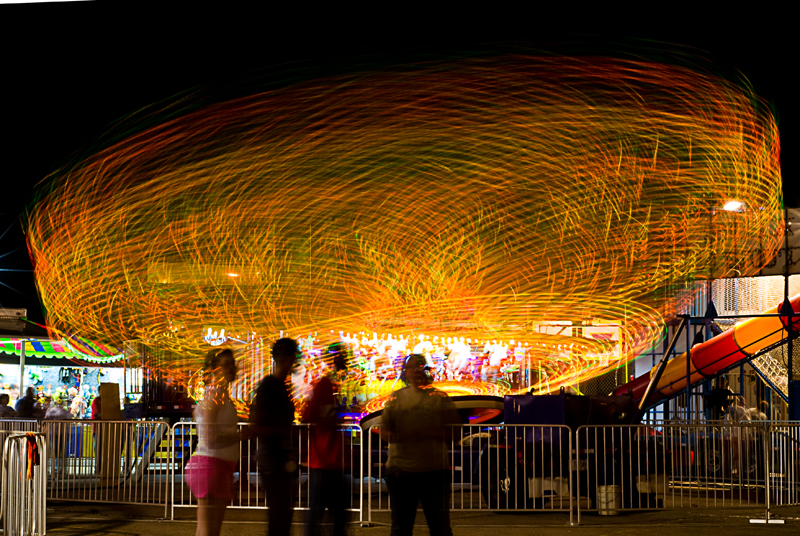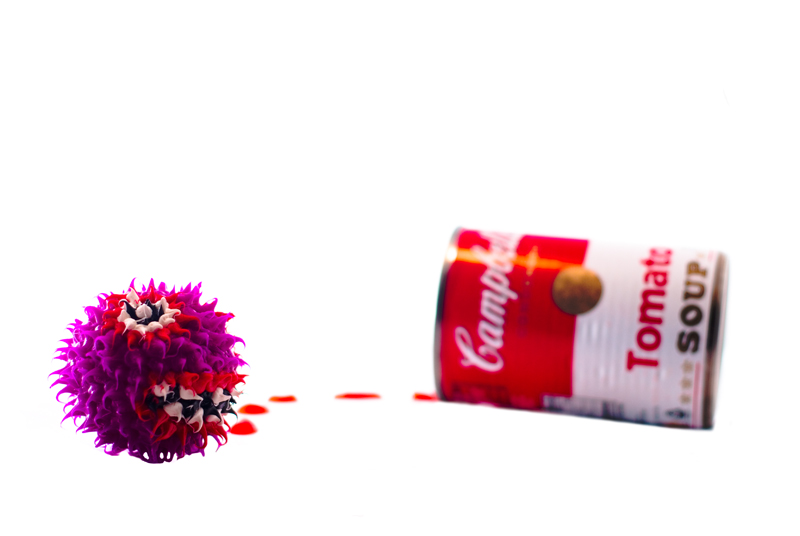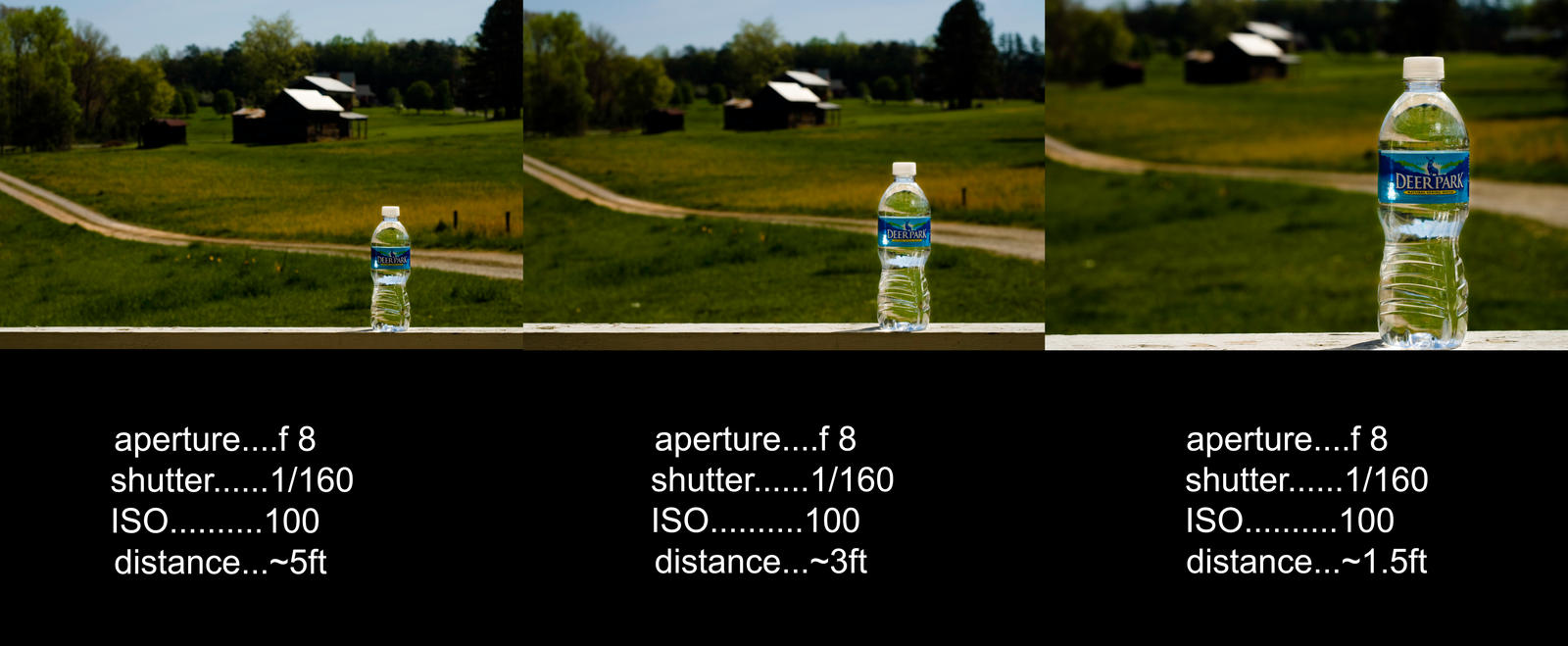Please keep in mind that, while this is one of the most basic lessons to be learned photography it is also one of the most fundamental and important ones, so pay close attention.
What we have covered so far, is that aperture greatly affects depth of field. What I have only mentioned in passing is that it also affects shutter speed.
What is shutter speed?
I’m glad you askedJ Shutter speed is the amount of time the camera’s shutter stays open, and consequently the amount of time light is allowed to enter the camera body and hit the sensor/film.
What is a sensor?
A sensor is a flat piece of silicon and plastic that sits inside of a camera where other film would be. There has to be something inside a camera to capture the light, and since there is no film, there must be an electronic sensor. If you have a question about this please leave a comment. There will be posts later on that go into more specifics about the sensor.
What does this have to do with aperture and depth of field?
Well, we have already established the link between aperture and depth of field. The reason aperture is linked to shutter speed is because they both influence each other. The lower your f-stop is, the more light you let in. When your aperture lets in a lot of light, your shutter doesn’t need to be open very long to let in a lot of light.
How can I use this to my advantage?
Below is an example of a situation where I didn’t care what my depth of field was, as long as I had a fast shutter speed(1/4000 of a second):
Here is an example where I needed a long shutter speed(20 seconds):
Now these are two very different examples of shutter speeds.
One froze motion, using a very high shutter speed, and consequently required a low f-stop to let in enough light to exposure the scene enough.
The other was very long and capture a lot of movement, which required a small aperture. The reason here being that, the lights on the ride were bright, but moving very slowly. In order to properly expose them while showing their movement for 20 seconds, I could only let in so much light over time.
The next post will be more practical examples of using shutter speed and aperture together, probably followed by a post on using ISO/ASA.








